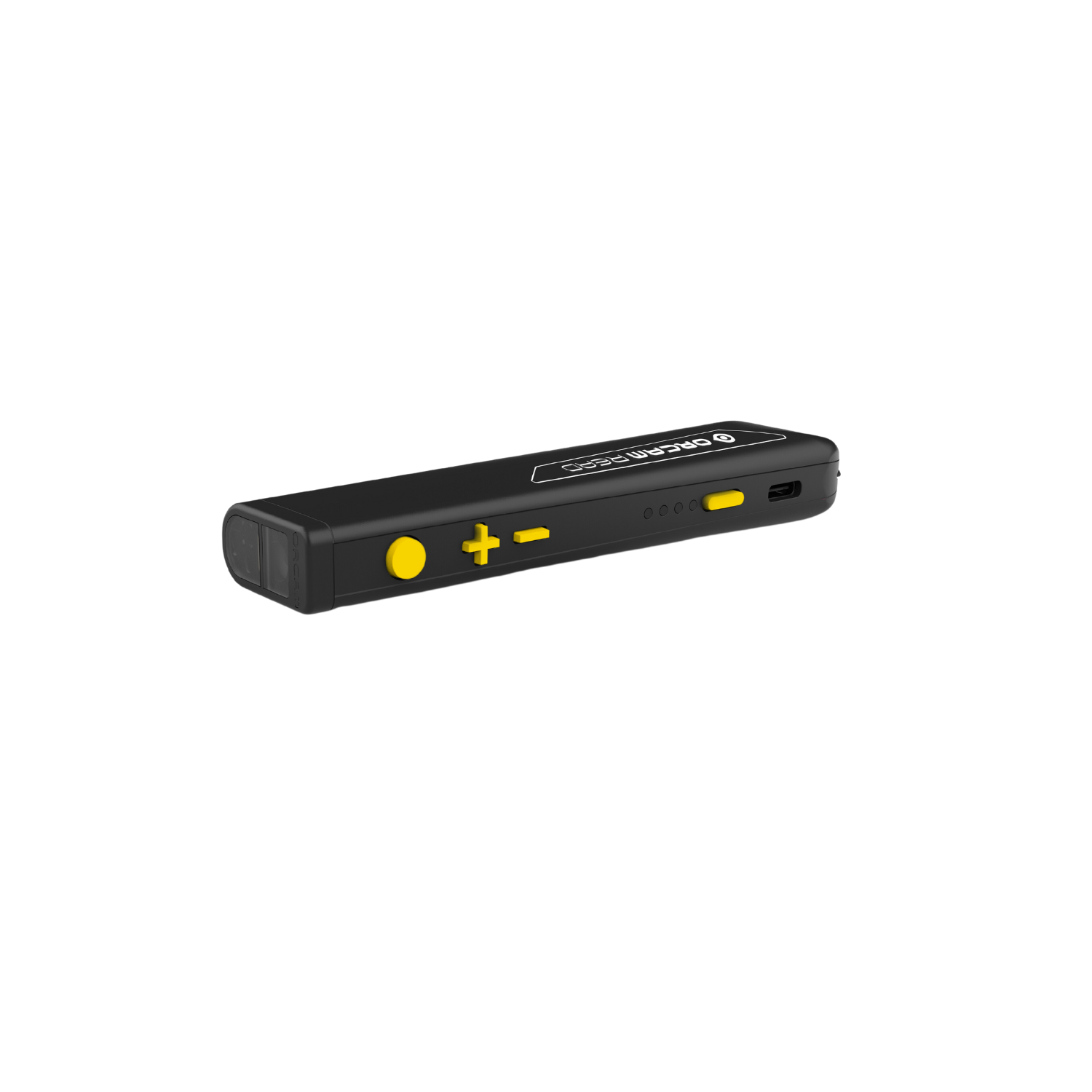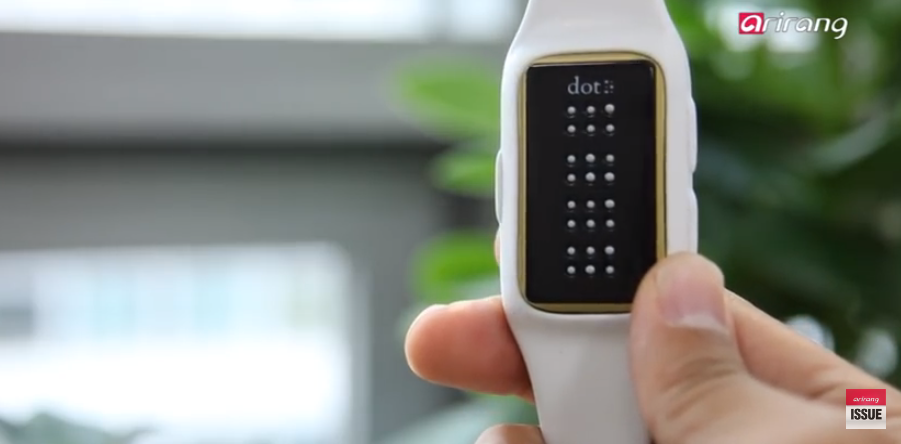Voice-Activated Assistive Devices: Supporting the Visually Impaired
Voice-Activated Assistive Devices: Supporting the Visually Impaired
Blog Article
Empowering Freedom With Assistive Modern Technology for the Blind
The combination of assistive modern technology right into the lives of individuals with aesthetic impairments represents a significant advancement in advertising freedom and self-sufficiency. From ingenious screen visitors to advanced wise walking sticks, these devices not just improve daily navigating and communication yet additionally equip customers to involve meaningfully in different elements of life. As we discover the myriad benefits and real-world applications of these technologies, it ends up being critical to check out the underlying factors that add to their performance and the capacity for future growths in this essential field.
Summary of Assistive Technology

The growth of assistive modern technology is grounded in concepts of inclusivity and empowerment. Advancements in software application, hardware, and sensory improvements supply users with alternatives customized to their certain needs. From display viewers that convert text to speech, to responsive gadgets that convey details through touch, these tools change the method people engage with their environments.
Along with functional applications, assistive innovation cultivates greater social incorporation and engagement in various fields, including education and learning and employment (OCR devices for the blind). As research study and growth remain to progress, the potential for assistive modern technology to even more improve the lives of aesthetically impaired people remains appealing, leading the way for a much more equitable society where every person can thrive
Kinds Of Assistive Tools
A range of assistive tools have actually emerged to support individuals with aesthetic problems, each made to fulfill certain needs and improve everyday performance. These devices vary from low-tech remedies to state-of-the-art advancements, giving varied choices for users.
Low-tech tools consist of magnifiers and large-print products that help in reading and writing. Braille tools, such as Braille styluses and slates, enable responsive analysis and communication. Orientation and movement aids, like white walking canes, aid users browse their setting safely.
On the higher end of the spectrum, electronic magnifying systems and display visitors use significant support. Electronic magnifiers permit individuals to expand text and photos on displays, while display readers transform electronic web content right into manufactured speech, facilitating access to information on mobile phones and computers.
Smart device applications additionally play an important function, giving attributes like text acknowledgment and navigating help. Wearable technology, such as wise glasses furnished with augmented reality, is arising as an appealing tool to improve situational understanding.
Benefits of Assistive Modern Technology
The integration of assistive modern technology dramatically boosts the lifestyle for individuals with aesthetic disabilities. These innovations encourage users by advertising independence, allowing them to browse their atmospheres extra properly and carry out daily jobs with better convenience. Screen readers and magnifying software enable people to gain access to digital info, cultivating instructional and Get the facts specialist chances that might have previously been out of reach.
Moreover, assistive devices such as smart walking canes and general practitioners applications offer real-time navigating assistance, boosting wheelchair and safety and security. This enhanced freedom not just boosts self-esteem but also encourages social interaction, permitting users to participate more fully in their communities.
Assistive innovation additionally promotes communication, assisting individuals get in touch with others with voice recognition and text-to-speech applications. This capability is important for preserving relationships and accessing essential info.
Furthermore, the customization choices readily available with many assistive modern technologies ensure that individuals can tailor tools to their particular needs, additionally enhancing usability and performance. Overall, the benefits of assistive innovation for individuals with visual disabilities are profound, advertising a much more comprehensive society where everyone can seek their goals and aspirations.
Case Researches and Success Stories
Highlighting the transformative effect of assistive modern technology, many study illustrate exactly how individuals with aesthetic impairments have actually efficiently incorporated these tools into their lives. One engaging instance entails a college pupil that utilized screen analysis software application to navigate online resources and academic materials successfully. This innovation not just facilitated her education however also improved her confidence in joining conversations and group jobs.
An additional study includes a specialist who employs a mobile phone application created for navigation and object recognition. By using this application, he has actually restored freedom in both his individual and workplace, permitting him to commute independently and engage with colleagues better.
Additionally, a retiree shared her experience with braille e-readers, which allowed her to access a substantial array of literary works and remain gotten in touch with single vision glasses her neighborhood with book clubs.
These success stories highlight the vital role of assistive technology in fostering freedom, enhancing high quality of life, and promoting social integration for people with aesthetic impairments (AI-powered visual aids). By accepting these ingenious tools, users can get over obstacles and confiscate chances that contribute to their individual and expert fulfillment

Future Fads in Assistive Technology
Development in assistive technology is positioned to redefine the landscape of assistance for individuals with visual problems. Emerging patterns highlight the assimilation of man-made knowledge (AI) and artificial intelligence, which boost the performance of tools that aid with navigation and information ease of access. AI-driven applications are currently qualified of analyzing visual data in real-time, making it possible for individuals to engage with their atmosphere more individually.
Furthermore, the growth of wearable modern technology is progressing quickly. Smart glasses geared up with enhanced reality (AR) can supply audio summaries of surroundings, transforming just how individuals engage with public spaces. These tools not just promote autonomy however also foster social incorporation.
Furthermore, the Internet of Things (IoT) is making homes smarter, enabling seamless connection in between assistive devices and day-to-day appliances. This connectivity equips customers by making it possible for voice-activated controls and automatic actions tailored to specific demands.
Verdict
Finally, assistive technology plays an essential duty in empowering people with visual problems by enhancing their independence and involvement with their environments. The varied series of gadgets and applications readily available not just facilitates navigation and interaction however also advertises social assimilation and possibilities for professional and individual development. As innovations proceed in this area, the potential for improving the high quality of life for those with visual problems will broaden, cultivating higher autonomy and empowerment.

Report this page